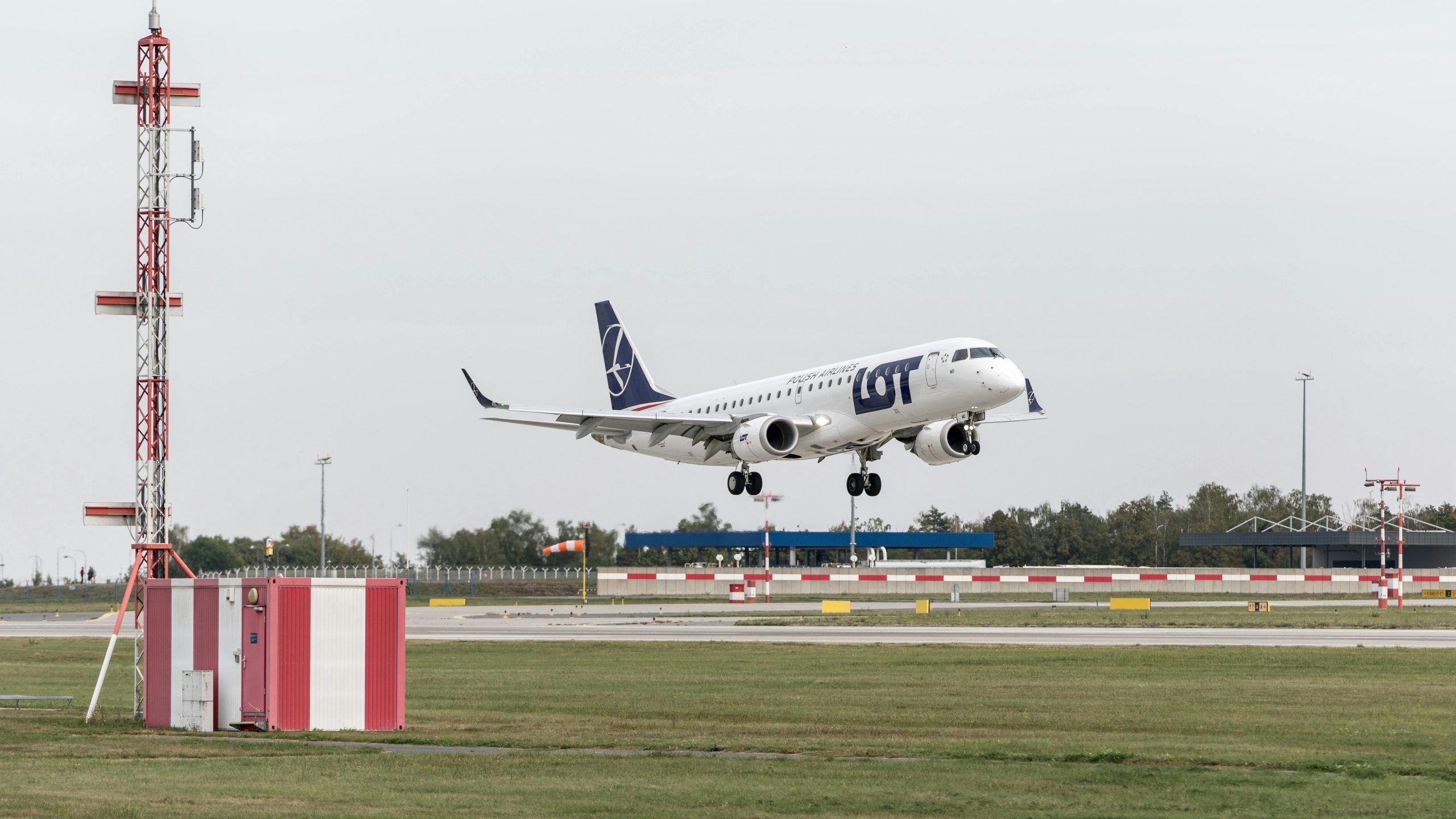Airline Strike Contingencies: Rerouting via Partner Carriers
The airline industry is known for its unpredictable nature, and one such disruption that can significantly impact travel plans is a strike. An airline strike can cause travel chaos, leading to delays, cancellations, and missed connections. In such a situation, both the airlines and their passengers are left in a tight spot. However, to mitigate the impact of a strike, airlines have contingency plans in place. One such contingency is rerouting via partner carriers. In this article, we will delve into the details of airline strike contingencies and why rerouting via partner carriers is a viable option for affected passengers.
The Impact of an Airline Strike
Airline strikes are not uncommon, and they can occur due to various reasons such as labor negotiations, safety concerns, or economic issues. Regardless of the cause, the impact of an airline strike can be far-reaching. For airlines, a strike can lead to significant financial losses, damage to their reputation, and disruption of their flight schedules. On the other hand, for passengers, it means disrupted travel plans, inconvenience, and added expenses.
What makes an airline strike even more challenging is the fact that it can occur with little to no notice. This leaves both airlines and passengers with little time to prepare and make alternate arrangements. This is where airline strike contingencies come into play.
Understanding Airline Strike Contingencies
Airline strike contingencies are a set of plans and procedures that airlines have in place to deal with a strike and minimize its impact. These contingency plans are designed to ensure the safety and well-being of passengers, minimize disruptions, and facilitate smoother operations during a strike. One such contingency is rerouting via partner carriers.
The Role of Partner Carriers
Partner carriers, also known as codeshare partners, are airlines that have a commercial agreement with another airline to share flights, coordinate schedules, and sell seats on each other’s flights. This partnership allows airlines to expand their network and offer their customers a wider range of destinations. In the context of airline strike contingencies, partner carriers play a crucial role in helping mitigate the impact of a strike.
Rerouting via Partner Carriers: A Viable Option
When an airline experiences a strike, one of the first steps they take is to cancel or delay flights. This is done to ensure the safety of passengers, as well as to minimize the impact of the strike on their operations. However, for affected passengers, this can mean missed connections, delays, or cancellations of their travel plans.
To alleviate the inconvenience caused by a strike, airlines have the option to reroute their passengers through their partner carriers. This involves booking passengers on a flight operated by one of their partner airlines to their destination. This option helps passengers reach their destination without having to wait for the strike to end or make multiple stops.
A Win-Win Situation
Rerouting via partner carriers during an airline strike is a win-win situation for both the airlines and the passengers. For airlines, it helps them operate their flights with minimal disruptions, avoiding financial losses and maintaining their reputation. On the other hand, for passengers, it means they reach their destination without significant delays or added expenses.
Rerouting Criteria
There are certain criteria that airlines follow when rerouting their passengers via partner carriers. These include the availability of seats on partner flights, flight schedules, and the destination served by the partner airline. Airlines also have to ensure that their codeshare agreements are valid and that their partner carriers can accommodate the affected passengers.
Communicating Rerouting Options to Passengers
When significant disruptions such as a strike occur, airlines have an obligation to communicate the available options to their passengers. This includes informing them about rerouting options via partner carriers. To avoid any confusion or misunderstandings, airline authorities must clearly communicate the route, flight details, and any additional instructions to their passengers.
In Conclusion
An airline strike may cause considerable disruptions to travel plans, but with the appropriate contingency plans in place, the impact can be minimized. Rerouting via partner carriers is one such contingency that not only benefits the airlines but also helps passengers reach their destination with minimum interruptions. As a passenger, it is crucial to stay informed and know your rights in such situations. After all, when it comes to dealing with an airline strike, knowledge is power.











